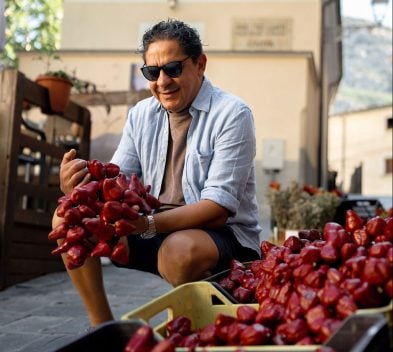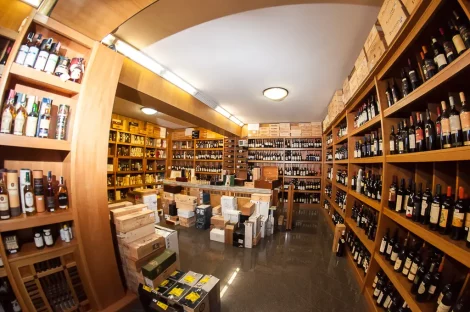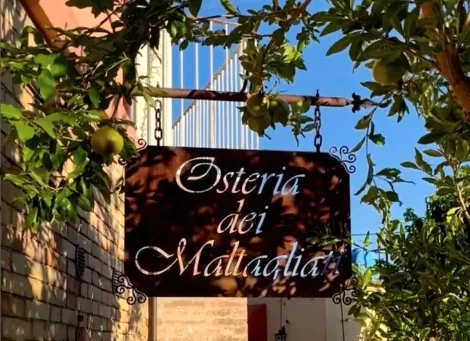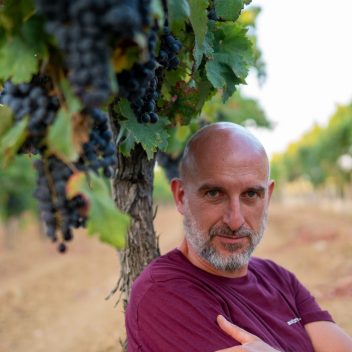As we have already emphasised when talking about Campania's wine landscape, this is a region that is diverse both geologically and ampelographically, with a vineyard surface area now slightly exceeding 25,000 hectares. These span a multitude of different territories, each with its own production culture, sun exposures and geological formations: volcanic areas like Roccamonfina, Vesuvius, and the Campi Flegrei zone (recently hit by significant seismic tremors, for which we provided a focus on the best wines), then the islands; high-altitude vineyards – which go beyond 700 metres – of Irpinia; and the steep, seaside vines of the Amalfi Coast.
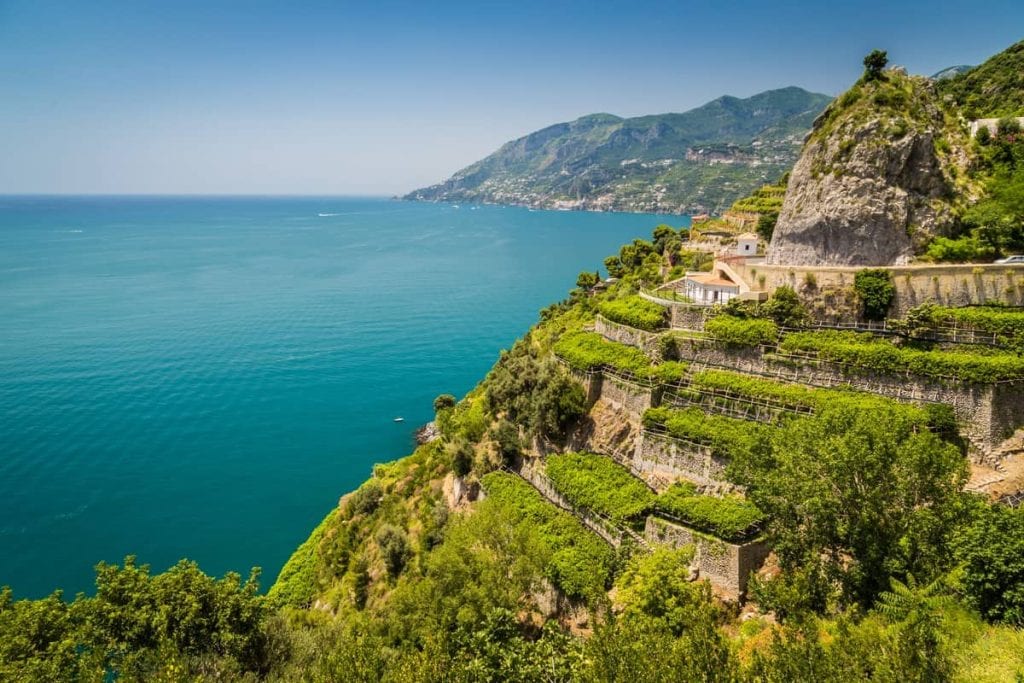
From Fiano, Greco, Falanghina, Aglianico, Piedirosso, Casavecchia, Pallagrello (white and black), Pepella, Biancolella, and many other indigenous grape varieties, increasingly contemporary wines are being produced. Whites dominate, but excellent performances have also been noted among the reds, which appear more focused than in recent years.
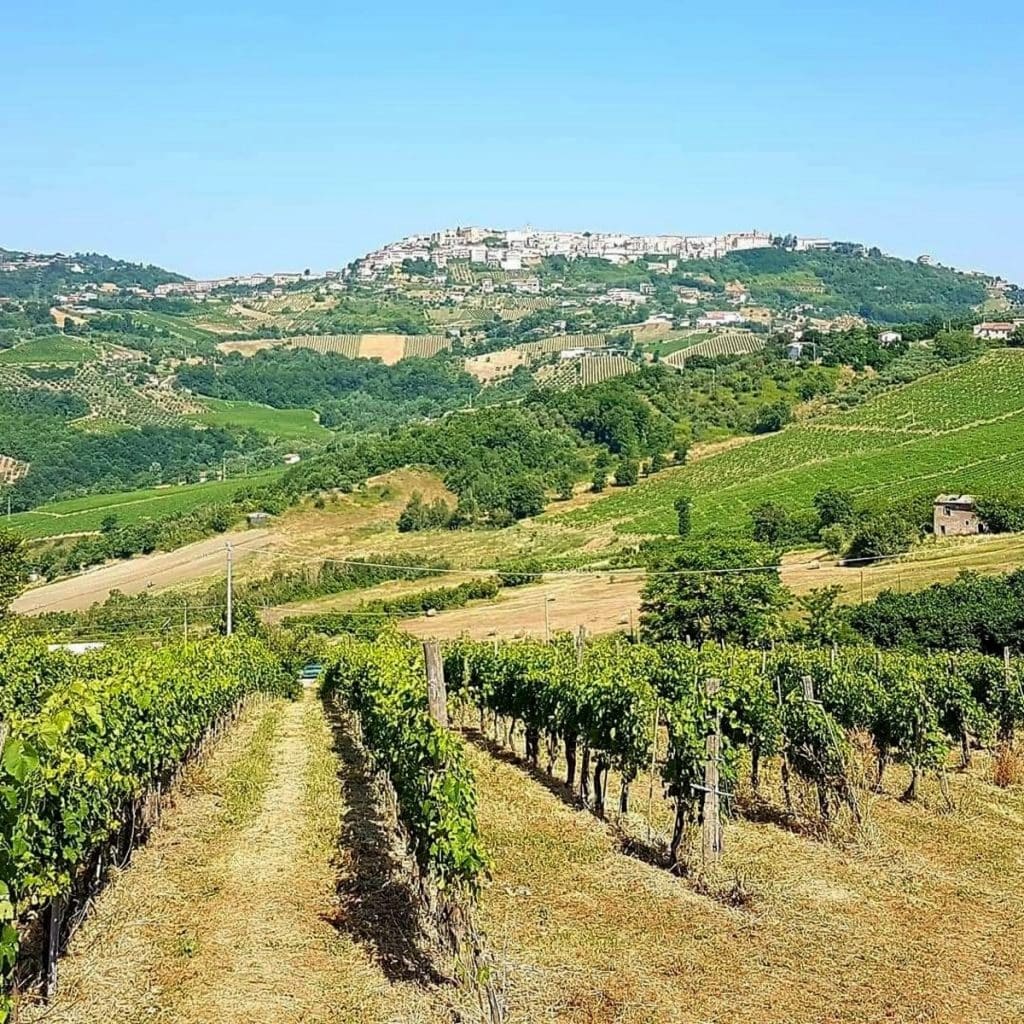
Irpinia lies in the continental heart of the region; it is a hilly area rising towards the Campanian Apennines, often yielding white wines with “mountain” aromatic and gustatory profiles: elegance, minerality, and acidic freshness. The typical grape varieties grown are Aglianico, Coda di Volpe, Falanghina, Fiano, Greco, Piedirosso, and Sciascinoso.
The Costa d’Amalfi DOC includes the three authorised subzones of Ravello, Furore, and Tramonti—areas historically devoted to agriculture and quite distinct in terms of exposure and microclimate. Thirteen municipalities fall within the DOC, all in the province of Salerno. The DOC allows for Bianco, Rosato, and Rosso types, with the latter two composed of Piedirosso and/or Sciascinoso (also known as Olivella) and at least 60% Aglianico, plus other authorised varieties up to a maximum of 40%.
The slopes of Mount Vesuvius yield exceptional grapes. The DOC allows for Bianco, Rosato, and Rosso types. The Rosato and Rosso are produced from Piedirosso (locally called Palombina), Sciascinoso, and Aglianico. The maximum grape-to-wine yield is 70%, but with a 65% yield and an alcohol content of 12%, both the Bianco and Rosato and Rosso can be designated as “Lacryma Christi del Vesuvio”, two excellent examples of which can be found in the list below.
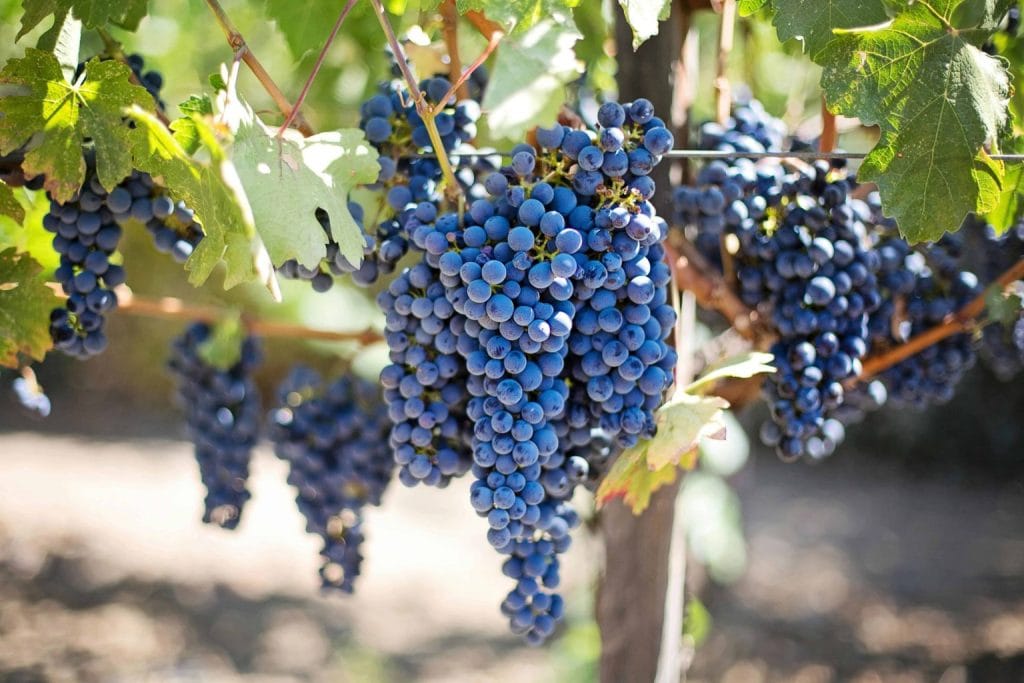
Aglianico and Piedirosso vinified as Rosé
The stars of the wines we highlight here are two of Campania’s most renowned black grape varieties—Aglianico and Piedirosso—but vinified as rosé. As we’ve already pointed out when discussing the best rosé wines from Puglia, Sicily, and Cerasuolo d’Abruzzo, rosé is not a product category but rather a different interpretation of a territory. At last, we see rosés made with the best available grapes, with many wineries committing seriously to this style, offering well-structured and diverse rosé ranges.
The best Rosé wines from Campania made from Aglianico and Piedirosso
The most prominent varieties in the list of wines we propose are Aglianico and Piedirosso, in which producers are increasingly investing to achieve high-quality results even in the rosé category. These wines come from Irpinia, the slopes of Vesuvius, and the Amalfi Coast, spanning DOC and IGT designations, and are the finest among those reviewed in the Vini d’Italia 2025 guide by Gambero Rosso.
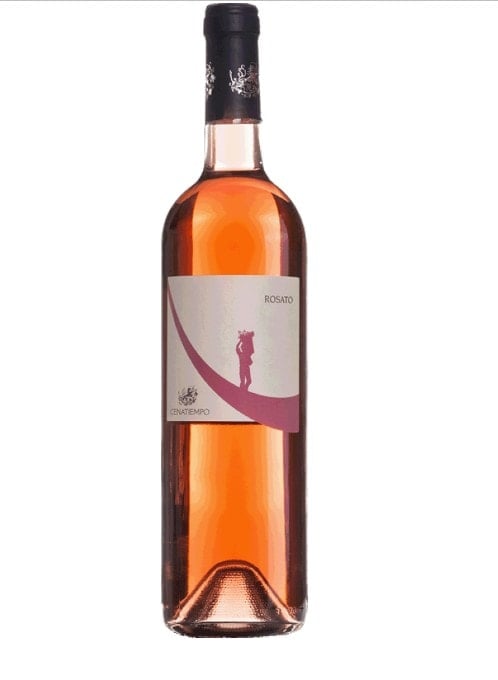
Cenatiempo’s 2023 Rosato, made from Aglianico and Piedirosso, stood out in last year’s final tastings and was also awarded in the Berebene 2025 guide for best value in Campania. It shows fresh iodised nuances amidst notes of white cherry and raspberry. A wine of mineral structure, it is savoury and fragrant, rich in briny undertones and energy. Francesco Cenatiempo founded the winery in 1945, utilising 17th-century cellars dug into the Kalimera hillside. Forastera, Biancolella, and Piedirosso are the grapes of the four hectares now cultivated by Pasquale. The wines are expressive, balanced between tradition and drinkability.
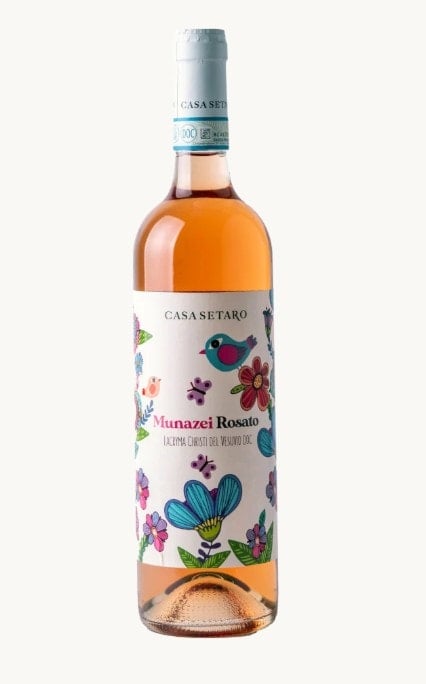
Lacryma Christi del Vesuvio Rosato Munazei 2023 – Casa Setaro
The Munazei 2023 from Casa Setaro, made exclusively from Piedirosso, is as pleasant and precise as few others in the region. Massimo Setaro and his wife Maria Rosaria’s vineyards are located on the Vesuvius slope facing south toward the Gulf of Naples, in the Trecase area. In the localities of Bosco del Monaco and Tirone della Guardia, Massimo cultivates 16 hectares between owned and leased land, at altitudes of 200–350 metres on volcanic soils. Aglianico, Piedirosso, Caprettone, and Falanghina form the base of a diverse range that includes whites, reds, rosés, and notable Metodo Classico sparkling wines.
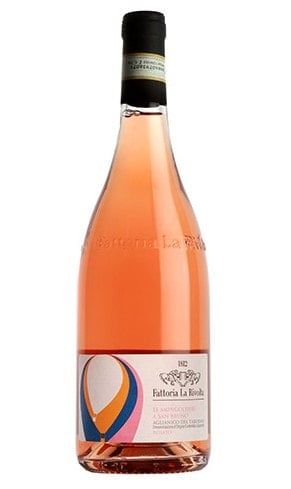
Aglianico del Taburno Rosato Le Mongolfiere a San Bruno 2022 – Fattoria La Rivolta
Simple and delicious is the 2022 Rosato from Fattoria La Rivolta.
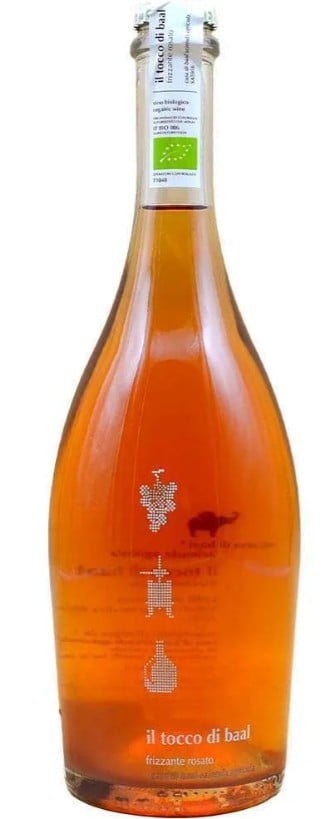
Il Tocco di Baal 2023 – Casa di Baal
Tocco di Baal 2023 is a good rosé made from pure Aglianico, presented by Casa di Baal, a winery based in Montecorvino Rovella (SA), which offered a playful and unconventional selection.
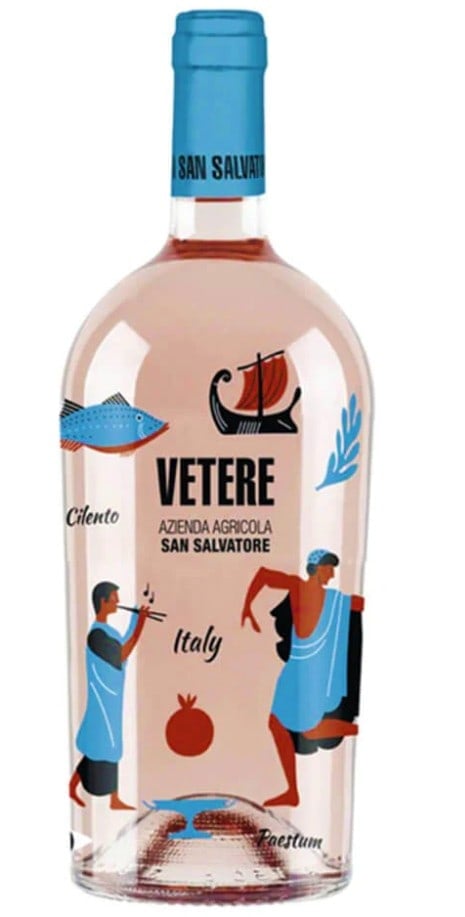
Vetere Rosato 2023 – San Salvatore 1988
There are now over 40 hectares of organically farmed vines on hills overlooking Paestum, Stio, and Giungano in the Cilento National Park. This is where San Salvatore is based, the winery founded by Giuseppe Pagano. While wine is central—here we highlight the Vetere, a rosé from pure Aglianico—olive groves, orchards, and even buffalo herds contribute to producing ingredients used in his prestigious hotels and restaurants.
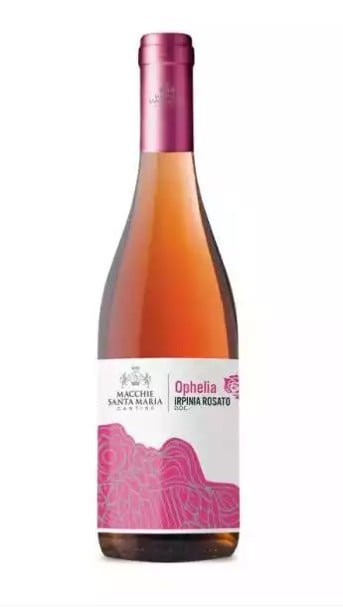
Irpinia Rosato Ophelia 2023 – Macchie Santa Maria
The young winery of Oreste De Santis is not yet 15 years old. Founded in 2010, its operations are based in Montemiletto, on hills overlooking the Calore River valley. Here, Aglianico is mainly cultivated, used for wines like Ophelia; but the 14 hectares of vineyard, between owned and leased plots, span some of Irpinia’s best zones. Thus, Greco is sourced from Montefusco and Santa Paolina, and Fiano from Lapio. The production reflects the region’s key styles and has shown consistent quality growth in recent years.

Tempa di Zoè winery from Agropoli (SA) presented this pure Aglianico, alongside Xenos 2022, a red recalling Mediterranean scrub and stone fruits, and the savoury Fiano Xa.
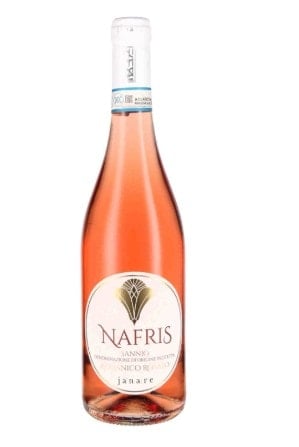
Sannio Aglianico Rosato Janare Nafris 2023 – La Guardiense Janare
With more than sixty years of history, around 1,000 grower members, 5.5 million bottles annually, and 1,500 hectares of vineyards, La Guardiense is undeniably one of southern Italy’s most significant cooperatives. A forward-looking and attentive management team has brought it into the Sannio wine elite in recent years, particularly with the Janare line. The range covers all the area’s traditional varieties, especially Falanghina and Aglianico, with projects also focused on sparkling wines.
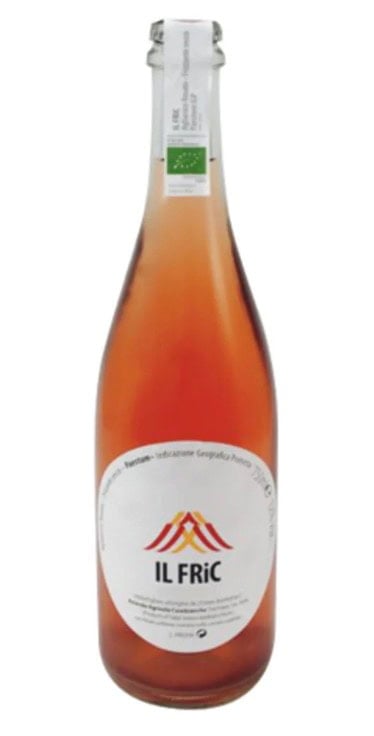
Fric 2022 is a rosé from pure Aglianico offered by Casebianche. Aglianico, Barbera, Piedirosso, Fiano, Trebbiano, and Malvasia are shaped into expressive wines by Betty Iurio and Pasquale Amitrano. Architects by profession, they left their careers in the early 2000s to dedicate themselves to wine, restoring their family vineyards in Torchiara, Cilento, between Monte Stella, the Acquasanta stream, and the Tyrrhenian coast. Their labels reflect both the nature of the grapes and the land, as well as their own empathetic personalities.

Irpinia Rosato 2022 – Salvatore Molettieri
Irpinia Rosato 2022, from pure Aglianico, is one of the wines from Salvatore Molettieri, one of the early figures among Irpinia’s winemakers who transitioned from grape suppliers to producers of their own labels. The winery is considered one of the region’s historic names and is now led by his sons Giuseppe, Luigi, Paolo, and Giovanni. Among the 15 or so hectares of vineyards, two Aglianico crus—Cinque Querce and Ischa Piana—stand out, providing a solid base for the production of characterful Taurasi wines.
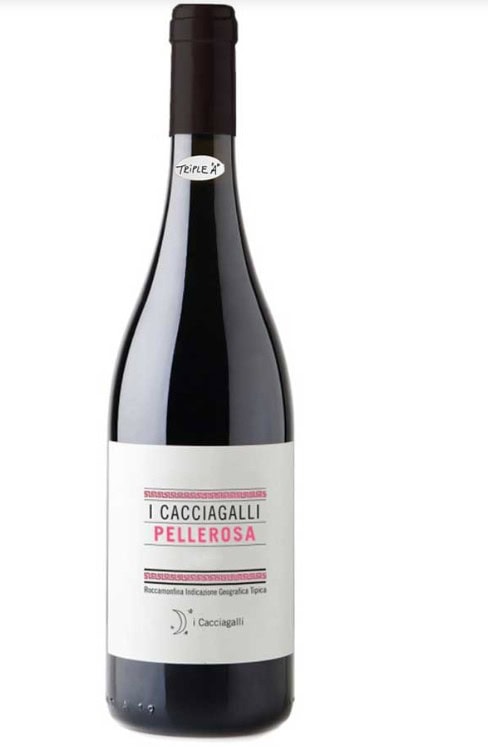
Pellerosa 2022 – I Cacciagalli
The winery I Cacciagalli of Diana Iannaccone and Mario Basco is housed in a stunning 18th-century masseria in one of the most charming areas of the Caserta province, Teano, a pristine land rich in lush nature. The extinct volcano of Roccamonfina plays a key role in shaping the soils on which the vineyards—just over 10 hectares—are planted, following the principles of biodynamic viticulture. Cement, amphorae, wild yeast fermentations, and skin contact (even on whites) are the tools and techniques employed to craft an original and compelling range. The entire range struck us as highly intriguing, including the Pellerosa made from Aglianico grapes.

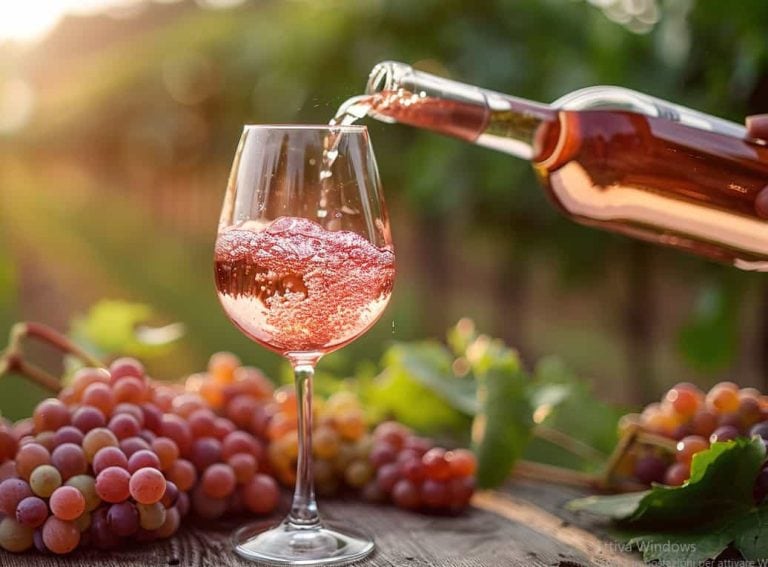
 The social media star resurrecting Italy's forgotten culinary classics
The social media star resurrecting Italy's forgotten culinary classics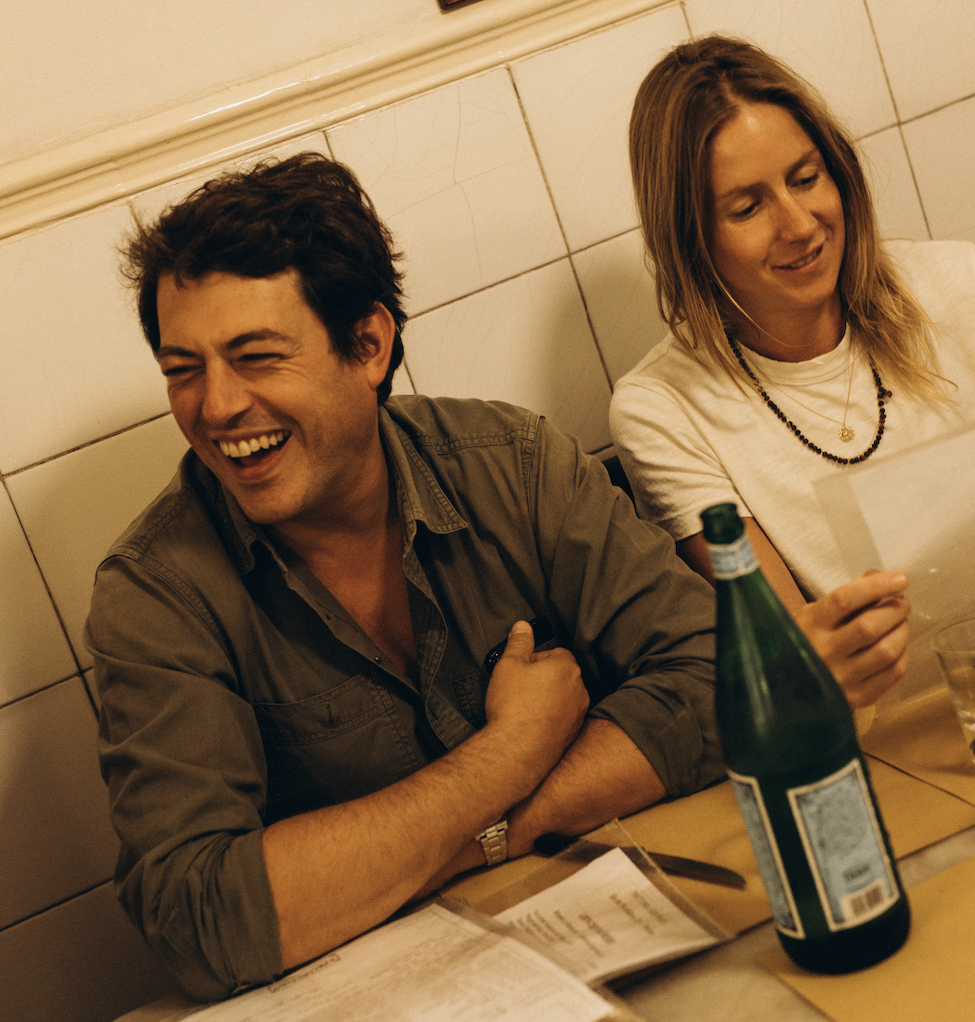 Giovanni Mazzei brings a taste of Florence to London
Giovanni Mazzei brings a taste of Florence to London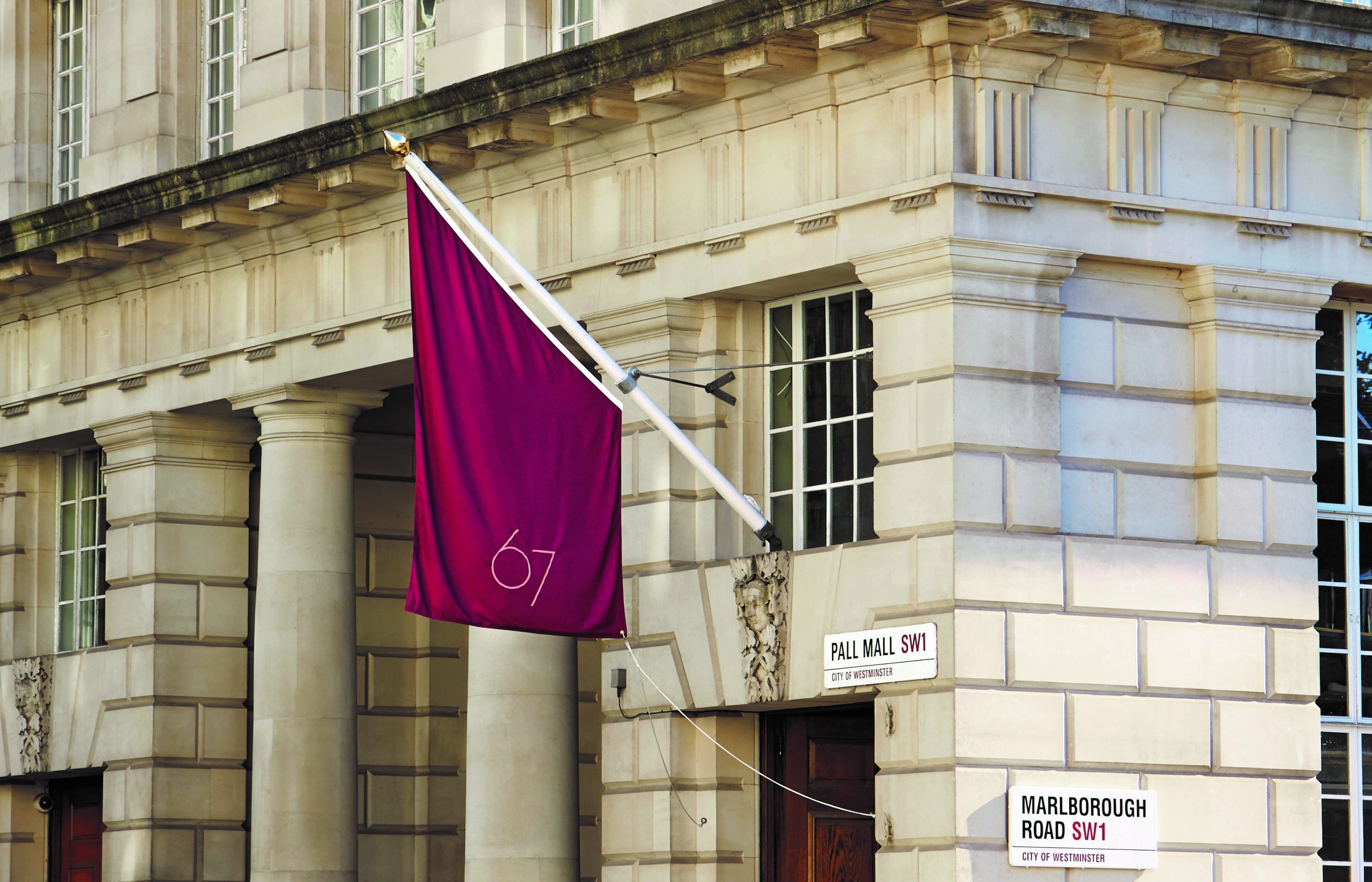 Burgundy dominates but Italy is rising: a look at London's fine wine trends
Burgundy dominates but Italy is rising: a look at London's fine wine trends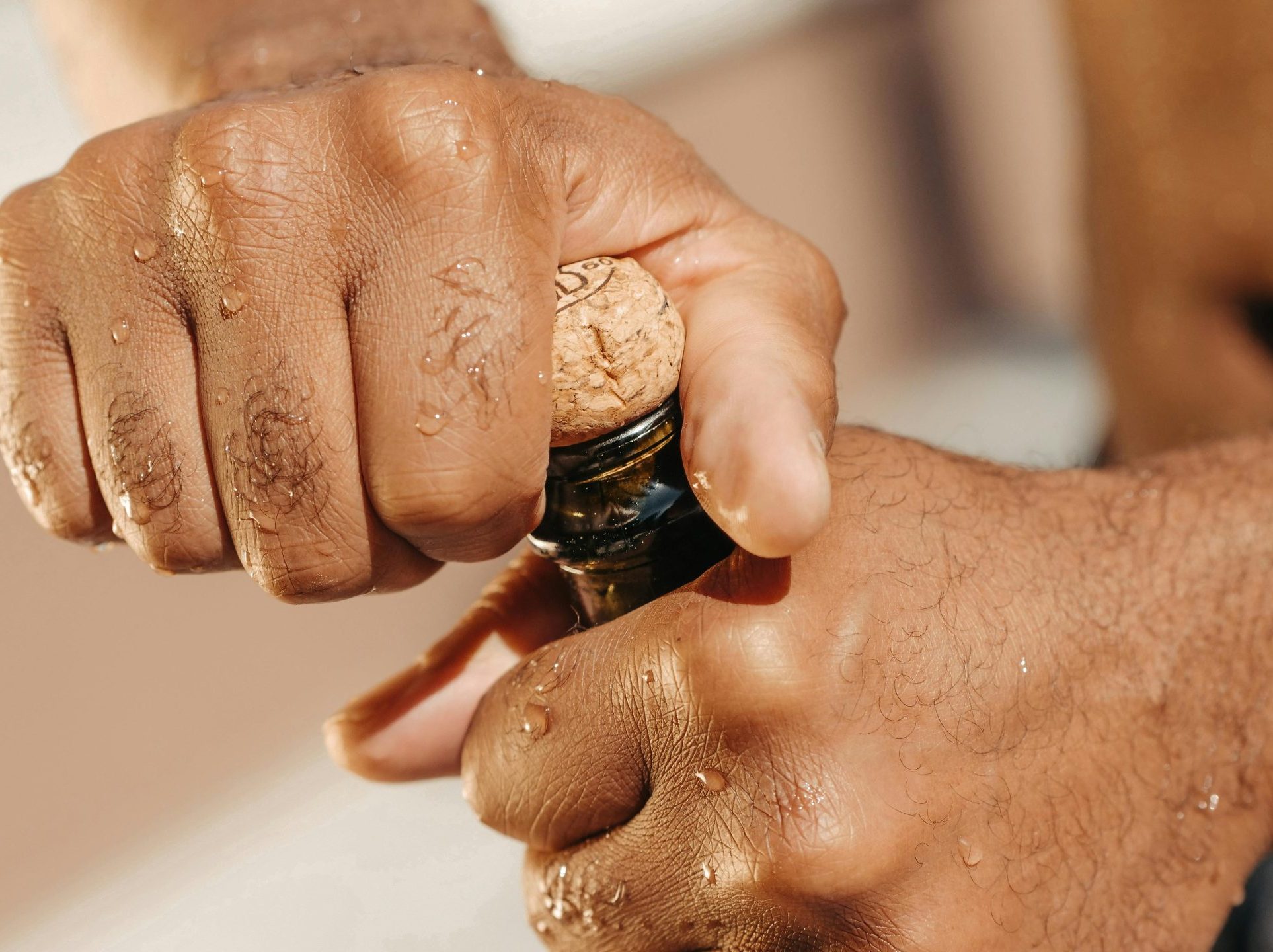 Costco Prosecco recalled over exploding bottle fears
Costco Prosecco recalled over exploding bottle fears The Consorzio Vino Chianti heads to Brazil: “An attentive public and a dynamic market”
The Consorzio Vino Chianti heads to Brazil: “An attentive public and a dynamic market”